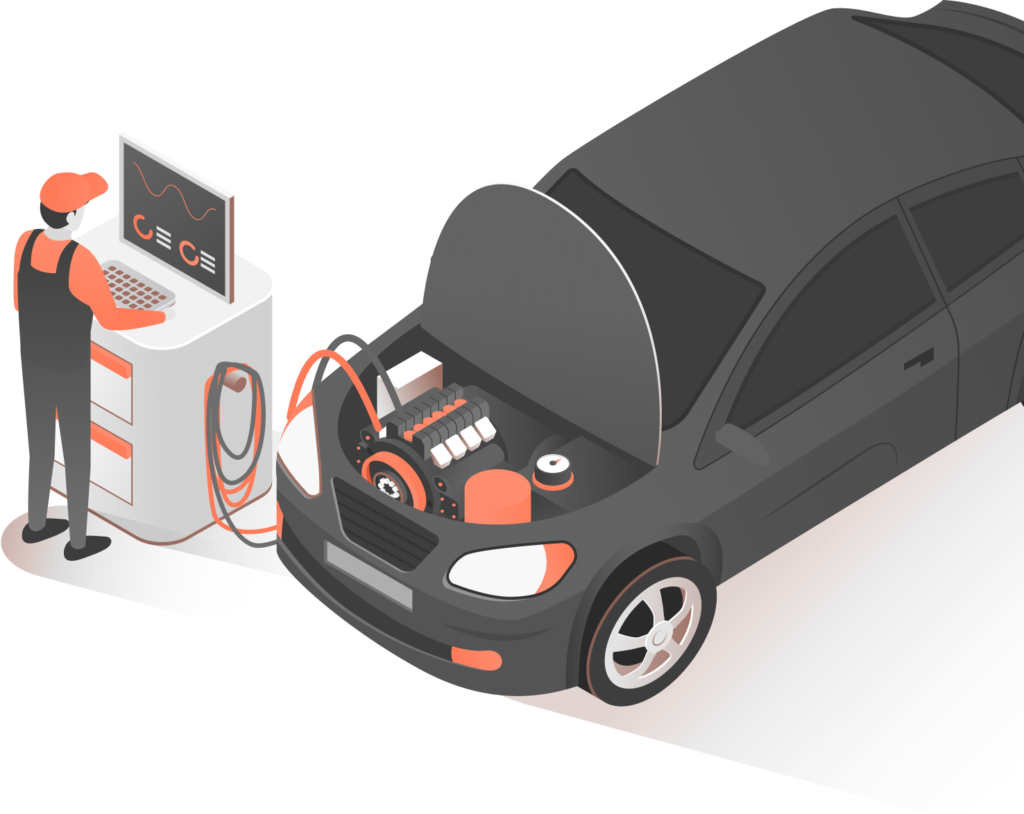The AC receiver/drier is part of your vehicle’s air conditioning (AC) system. Usually located inside the engine compartment, the receiver/drier uses a filter and desiccant to remove any moisture that has made its way into the AC system.
Your AC system relies on a special compound, the refrigerant, that is capable of changing from a liquid to a gaseous state, depending on where it is located in the system. When refrigerant leaves the AC compressor, it is a warm high-pressure gas. It enters the condenser where it cools down and condenses into liquid. From there, the refrigerant enters the receiver/drier to ensure that moisture has been removed before it passes through the expansion valve and into the evaporator, now as a cold, low-pressure liquid capable of cooling down the passenger compartment.
Some systems, instead of using a receiver/drier, employ another device, an accumulator. The accumulator is similar to a receiver/drier in its purpose, but is a bit different in construction and location. The receiver/drier is used in AC systems with an expansion valve that converts the refrigerant from high to low pressure. Accumulators are used in systems with a fixed orifice tube in place of the expansion valve. A receiver/drier is located in the high-pressure side of the AC system; an accumulator is installed in the low-pressure side of the system.


The signs of a bad AC receiver/drier (or accumulator) are, unfortunately, no different than those of other failing AC system components.
If you do not feel cool air coming from the vents when the AC is switched on, the problem could be a faulty compressor, a refrigerant leak from a damaged or corroded AC line, or a bad receiver/drier. The same can be said if the compressor clutch does not engage, or if you notice that the AC switch does not light up when you press it. Noises coming from the AC system and a blinking AC warning light are also symptoms of a failed receiver/drier.
The only way to tell for certain is to have your vehicle inspected by a qualified technician.
This is demo Question
This is demo Answer

Related Parts
